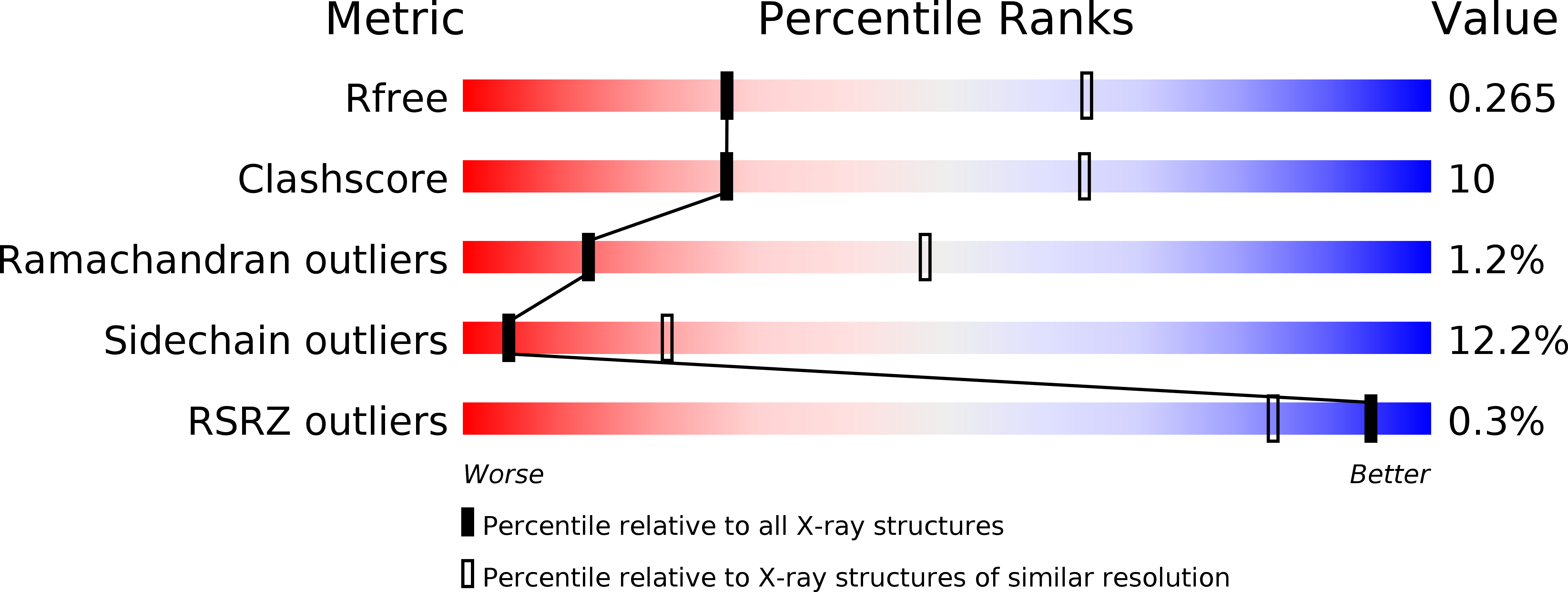
Deposition Date
2006-09-26
Release Date
2006-12-04
Last Version Date
2024-05-08
Entry Detail
Biological Source:
Source Organism:
NOSTOC PUNCTIFORME (Taxon ID: 272131)
Host Organism:
Method Details:
Experimental Method:
Resolution:
3.00 Å
R-Value Free:
0.28
R-Value Work:
0.23
R-Value Observed:
0.23
Space Group:
C 1 2 1


